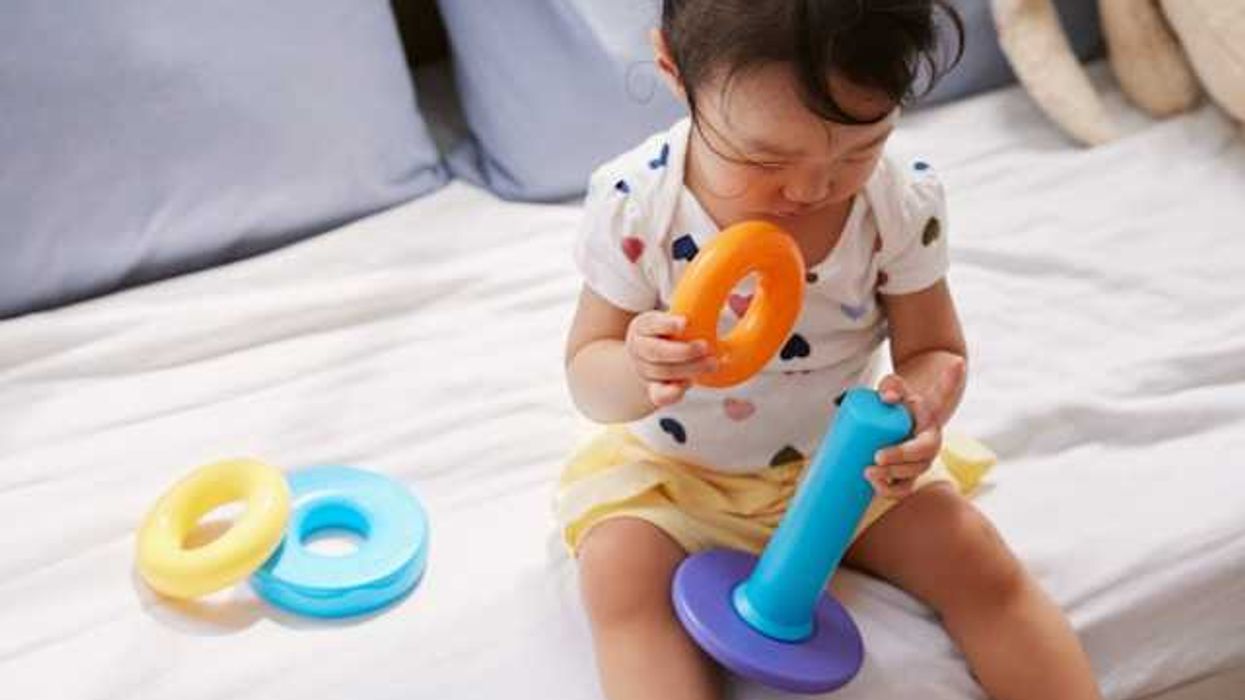Prenatal exposure to BPA is associated with a higher risk of developing autism in boys who have genetically low activity levels of an enzyme called aromatase, according to a new study published in Nature Communications.
In short:
- Boys exposed to BPA in the womb were more likely to show autism symptoms by age 2, and had an even higher chance of being officially diagnosed by age 11.
- Prenatal exposure to BPA at levels deemed safe by the EPA and FDA caused autism-like behaviors in male mice, supporting the human findings.
- BPA also reduced aromatase activity in mice and in human brain cells, further supporting the link.
Key quote:
“Overall, these findings add to the growing base of adverse neurodevelopmental effects from bisphenol and other manufactured chemical exposure during pregnancy.”
Why this matters:
Although BPA has been banned for use in all infant products in the US and EU, BPA and other bisphenols are common chemical ingredients in many plastics, particularly those used in food contact materials. With new data out of Europe suggesting that current safe BPA exposure limits need to be cut as much as 20,000-fold, the authors of this study highlight the need for stronger interventions to prevent exposure and reduce the harm BPA poses to human health.
Related EHN coverage:
- Everyone is likely overexposed to BPA – EU
- Black, Hispanic and poor children are more exposed to pollution that ends up harming their brains: Study
- American Heart Association: Children must be protected from health threats of environmental toxics
More resources:
- Webinar: Male autism spectrum disorder & prenatal BPA exposure, sponsored by the EDC Strategies Partnership. A recording will be available after the Oct. 17, 2024 webinar.
- SafetyNEST provides resources on how to reduce environmental exposures while pregnant and at home.
- American College of Obstetricians and Gynecologists: Reducing Prenatal Exposure to Toxic Environmental Agents
Symeonides, Christos et al. for Nature Communications. Aug. 7, 2024

















